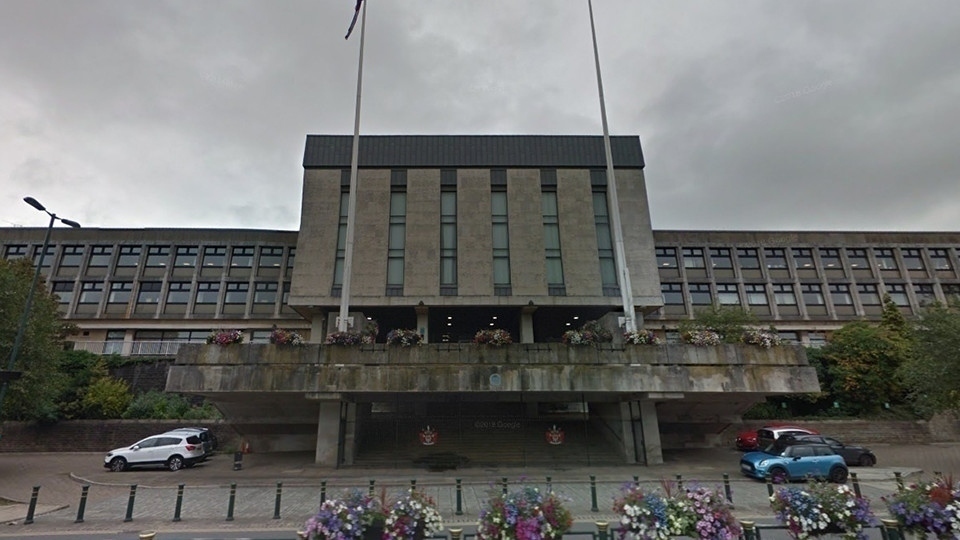Greater Manchester’s controversial blueprint accepted
Reporter: Ethan Davies, Local Democracy Reporter
Date published: 21 March 2024

Oldham chiefs signed off on the controversial Places for Everyone (PfE) development blueprint last week
Late last night (Wednesday), a decade-long Greater Manchester saga noisily came to an end.
Councillors in Rochdale, Bury, and Trafford signed off on the controversial Places for Everyone (PfE) development blueprint - sometimes in the face of public protests, barbs across town halls, and thousands of pages of reports.
They followed Manchester earlier in the day, Oldham and Bolton a week before, Tameside a week before that, and Salford and Wigan at the end of February.
The odd one out is Stockport, which pulled out of the Greater Manchester Spatial Framework (GMSF) in late 2020.
Then, the GMSF was resurrected as a ‘plan of nine’, and given the PfE moniker.
Its passing, ten years on from when it was first dreamed up, is a significant moment for the city-region.
In its essence, PfE is a masterplan for how those nine boroughs develop until 2039, when it comes to an end.
It’s now part of the planning process in those areas, holding ‘full weight in the determination of planning applications’ so bids ‘must be determined in accordance with the development plan unless material considerations indicate otherwise’.
While adoption of PfE was relatively smooth in Manchester, Salford, and Trafford, other areas saw fierce opposition.
There were protesters outside Rochdale’s meeting on Wednesday (March 20), as there were in Bury.
Most of their concerns were about eating into the green belt.
Initially, the 2016 GMSF draft included an eight percent reduction.
But after 27,000 feedback responses from the public, mostly negative, revisions were made to PfE, which sees 3.3 percent reduction in the green belt.
That was then scrutinised by government inspectors, who largely approved the new version - but said green belt sites at the Global Logistics hub and North of Irlam Station should be protected.
To some, that’s still not enough, as the clashes in Bury on Wednesday showed.
“The loss of biodiversity and wildlife caused by this cannot be mitigated,” argued Radcliffe First councillor Mary Walsh.
“This is countryside - it’s not just green belt.”
Fundamentally, plan proponents argue that the housing crisis is so severe that building on the green belt is the only option - and also point to the fact PfE has a ‘brownfield preference’ policy - as Greater Manchester attempts to build 165,000 new homes by the end of the next decade.
“There’s no question about it, this decision is one which divides opinion and causes upset, concern and anger,” said Bury council leader Eamonn O’Brien, a PfE supporter.
“We believe this plan must be adopted as our country faces one of the worst housing crises in modern history."
He added that ‘brownfield only’ housing development was not the answer in the borough as there was not enough supply.
He said: “We must have a plan which addresses the lack of supply in housing.”
Now that PfE has been incorporated into the development plans, the challenge now for politicians is to scrutinise individual developments - many of which have yet to be finalised - and make decisions in what has already been shown to be a passionate and emotive policy area.
Do you have a story for us? Want to tell us about something going on in and around Oldham? Let us know by emailing news@oldham-chronicle.co.uk , calling our Oldham-based newsroom on 0161 633 2121 , tweeting us @oldhamchronicle or messaging us through our Facebook page. All contact will be treated in confidence.




